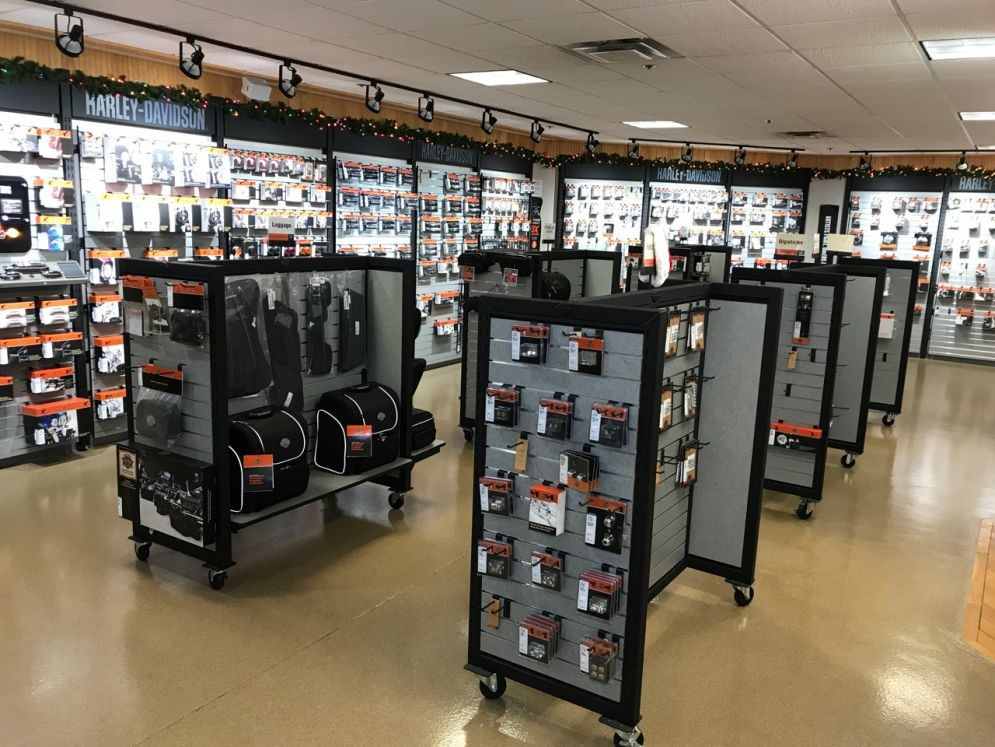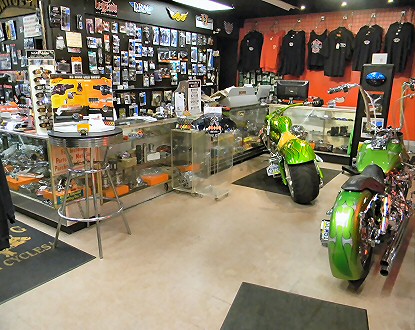Discover Quality Moto Parts NZ for All Your Motorcycle Demands
Discover Quality Moto Parts NZ for All Your Motorcycle Demands
Blog Article
Recognizing the Important Parts of a Motorbike: A Comprehensive Overview for Lovers
For bike lovers wanting to raise their riding experience and ensure their bikes run efficiently, comprehending the important elements of a motorbike is paramount. Each component, from the engine's elaborate functions to the vital duty of the braking devices, not only influences performance but likewise security and convenience. This overview will go through the essential parts that every motorcyclist should be familiar with, making it possible for informed choices in both upkeep and potential upgrades. As we begin this expedition, one must ask: exactly how does each element connect to produce the seamless ride every enthusiast looks for?
Engine Elements

The camshaft plays a crucial role in managing the timing of the engine's valves, making certain the accurate opening and closing required for effective fuel and air consumption, along with exhaust expulsion. This timing is important to preserving ideal engine performance and effectiveness. Furthermore, the carburetor or gas shot system, depending upon the motorcycle model, is accountable for blending air with gas in the correct proportion for combustion.
The cooling system, either air or liquid-based, functions to maintain the engine's temperature within functional limitations, protecting against overheating and ensuring long life - motorbike shop. Each component, meticulously developed and integrated, adds to the smooth procedure of the engine, specifying the motorcycle's power outcome and total efficiency
Transmission System
Important to the bike's capability, the transmission system ensures effective power transfer from the engine to the wheels. This system comprises several important parts, including the clutch, transmission, and last drive, each playing a crucial duty in equating the engine's power into motion. The clutch, generally run by a hand lever, offers to involve and disengage the engine from the transmission, allowing for smooth gear adjustments and regulated acceleration.
The transmission, often described as the transmission proper, consists of a set of equipments that cyclists can by hand change with to change the bike's rate and torque outcome. These gears are arranged in a series that allows the motorbike to speed up smoothly and maintain ideal engine efficiency throughout numerous rates. Many motorbikes make use of a consecutive gearbox, needing the rider to change equipments in a fixed order.
Braking Mechanisms
While comprehending the transmission system is crucial to using a motorbike's power, just as crucial is the capability to manage and stop that power effectively, which is where braking systems enter play. Brakes are important for safety and security and efficiency, giving the motorcyclist with the required control to navigate numerous surfaces and conditions. Usually, motorcycles feature two kinds of braking systems: disc brakes and drum brakes.
Disc brakes are much more widespread in contemporary motorcycles due to their remarkable performance. This system provides better warm dissipation, consistent performance, and improved quiting power, especially in damp problems.
On the other hand, drum brakes, though much less common, are still located in some motorcycles. They work by pushing brake footwear against the internal surface of a drum affixed to blog the wheel. While generally much less efficient in heat dissipation and stopping power, drum brakes are less complex and much more cost-effective.
Comprehending these braking systems' nuances permits cyclists to maintain their motorbikes correctly and value the design that makes certain efficient and safe quiting.
Suspension and Steering
Suspension and steering systems are vital components that significantly influence a bike's handling and adventure convenience. The suspension system, including forks at the front and shock absorbers at the rear, takes in roadway abnormalities, enhancing stability and control. Front forks, inverted or typically telescopic, compress and rebound to minimize effects, while back shock absorbers maintain tire contact with the road, critical for grip and safety and security.
Guiding, centered around the handlebars, connects the biker to the motorbike's directional control. The steering head bearings ensure smooth operation, permitting exact maneuverability. Proper alignment and upkeep of these bearings are critical for foreseeable guiding reaction and reducing biker exhaustion.
The suspension's adjustability is one more important aspect; preload, damping, and rebound setups permit modification to match different riding problems and designs. This flexibility is vital for optimizing performance, whether browsing city streets or tackling tough trails. Innovations like electronic shock absorber provide real-time changes, improving trip quality across diverse surfaces.

Electrical Solutions
After making sure a regulated and smooth experience with efficient suspension and steering systems, attention transforms to the electrical systems, an essential aspect of modern bikes. These systems play a vital role not just in starting the engine however likewise in powering different elements that boost the performance and safety and security of the motorbike.
At the heart of a bike's electric system is the battery, which shops electrical energy necessary for starting the engine and powering supporting systems - mx parts nz. The visit site generator or generator, combined with the rectifier-regulator, makes sure the battery continues to be billed while the motorbike is in procedure, converting power right into electrical power and maintaining voltage levels
The ignition system, another essential component, is accountable for sparking the air-fuel mix in the engine's cylinders. Modern motorbikes often make use of an electronic ignition system, providing better effectiveness and reliability contrasted to traditional systems.
Lighting systems, including fronts lights, tail lights, and indications, are also vital, making certain presence and security for the biker. Extra digital parts such as sensors, control devices, and presents add to sophisticated attributes like fuel shot management, anti-lock braking systems (ABS), and electronic control panels, even more enhancing the riding experience.
Final Thought
A complete comprehension of a bike's necessary components, consisting of the engine, transmission system, stopping mechanisms, suspension, guiding, and electric systems, is crucial for lovers aiming to maximize comfort, performance, and safety and security. Proficiency of these components permits notified decisions concerning upkeep and upgrades, eventually improving the riding experience. By incorporating this understanding, bikers can guarantee their bikes run at peak effectiveness and dependability, therefore taking full advantage of both enjoyment and durability of their automobiles.
For bike lovers looking to boost their riding experience and ensure their bikes run efficiently, comprehending the vital parts of a bike is vital.Indispensable to the motorcycle's functionality, the transmission system makes certain efficient power transfer from the engine to the wheels.While recognizing the transmission system is vital to harnessing a bike's power, similarly crucial is the capability to regulate and quit that power successfully, which is where stopping devices come right into play. Generally, motorcycles feature two types of stopping systems: disc brakes and drum brakes.
An extensive understanding of a motorbike's necessary parts, including the engine, transmission system, stopping my latest blog post devices, suspension, guiding, and electric systems, is vital for lovers aiming to maximize performance, safety, and comfort.
Report this page